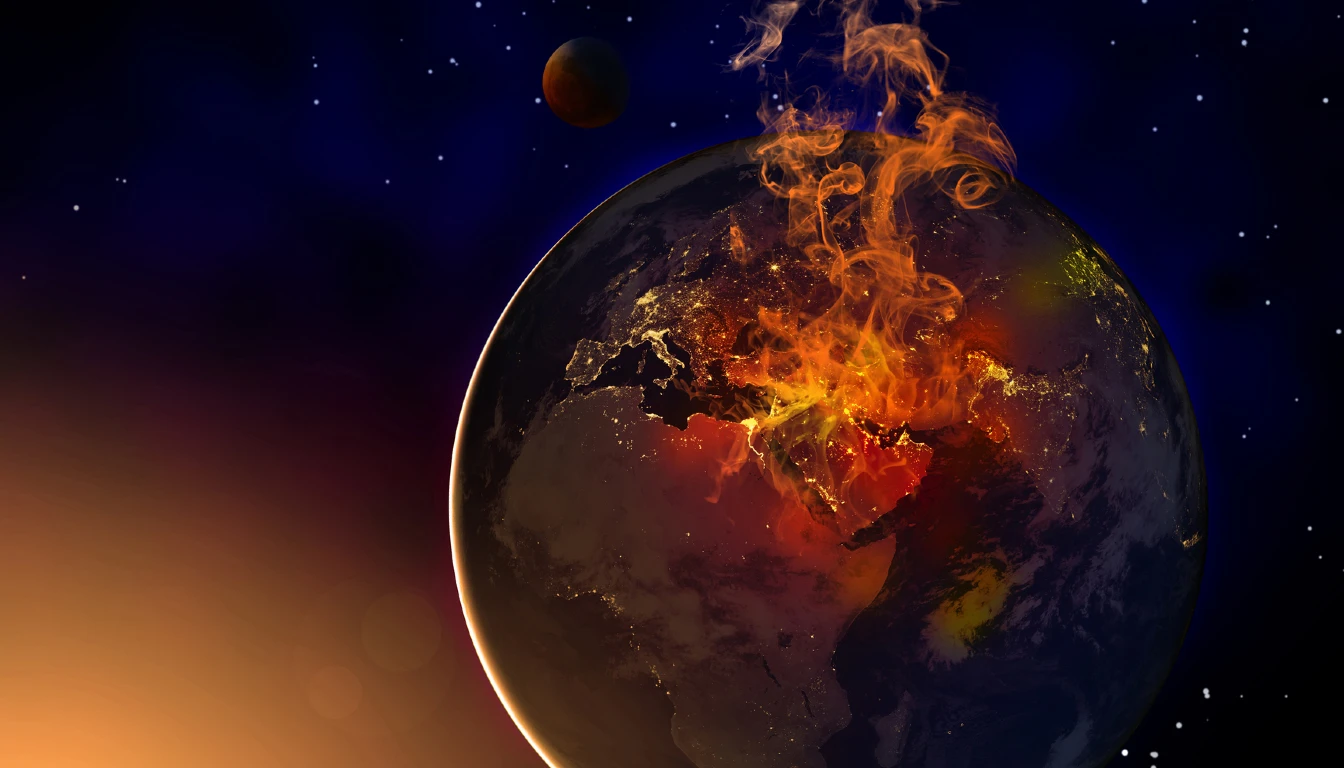A recent study by the World Weather Attribution group revealed that human-caused climate change made the extreme heat experienced in April across Asia and the Middle East 45 times more likely in some regions.
The late April heatwave saw record temperatures exceeding 40°C (104°F) in areas spanning from Gaza to the Philippines. The study, which used climate models to assess the impact of climate change on extreme weather, indicated that in the Philippines, such extreme heat would have been impossible without human activity. In parts of the Middle East, climate change increased the probability by a factor of five.
Asia’s heatwave resulted in numerous fatalities: at least 28 deaths in Bangladesh, five in India, and three in Gaza, with additional deaths reported in Thailand and the Philippines. The heatwave severely impacted agriculture, leading to crop damage and lower yields, and also disrupted education, causing extended school vacations and closures in many countries.
Record temperatures were also noted, with Myanmar, Laos, and Vietnam experiencing their hottest April day, and the Philippines its hottest night at 29.8°C (85.6°F). The month marked the hottest April ever recorded globally, continuing an 11-month streak of record-breaking temperatures.
Scientists concluded that extreme pre-monsoon heat in South Asia is becoming more frequent, with temperatures now about 0.85°C (1.5°F) higher due to climate change. The study emphasized the vulnerability of internally displaced people, migrants, and those in refugee camps.
Dr. Friederike Otto from Imperial College London, one of the study’s authors, warned that if fossil fuel consumption continues, extreme heat events will become even more frequent and severe.




